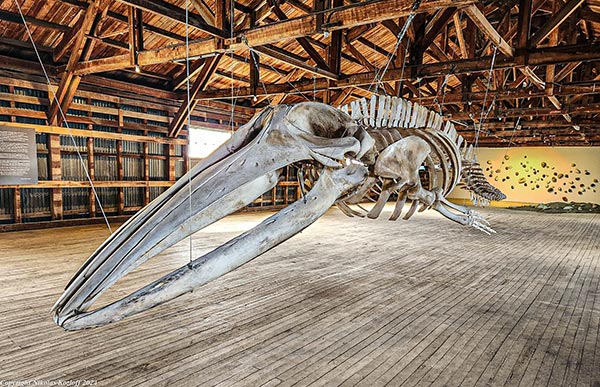
Darwin’s Legacy in Chile
From the Falklands, I took a flight to Chile and Punta Arenas, the southernmost large city in the world. There, I spoke with museum curators, indigenous peoples and scientists about climate change and cultural survival. Though certainly an impressive navigator, FitzRoy left something to be desired in other respects. On a previous voyage, the Beagle captain had taken native Alakaluf indigenous peoples hostage, including a young man named O’rundeli’lico or Jemmy Button. Though some escaped, others were taken to England in 1830 as glorified pets and attended boarding school. Their heads, meanwhile, were measured in accordance with bogus phrenology and scientific racism.
With Darwin in tow, FitzRoy later released Button and the indigenous peoples on Navarino Island in 1833 during the Beagle’s return voyage. Darwin himself was incredulous that Button had chosen to return to his people, rejecting civilized English ways( Conrad Martens, an artist onboard commissioned by FitzRoy, documented indigenous peoples and the voyage in a series of drawings). Despite this, Darwin marveled at how indigenous people had adapted to the harsh climate. Years later, the naturalist reflected on his time amongst the Fuegians and the universality of human emotions, which in turn helped lay the foundations of evolutionary psychology.
Perhaps, some have underestimated the effect which Chile had on Darwin’s thought. While traveling through the country, the naturalist encountered an impressive array of landscapes, from the sub-Antarctic to Patagonia to the island of Chiloé, all of which gave Darwin an important view of geologic events. Earthquakes, fossilized shells and forests high in the mountains provided evidence of how the earth had changed over time, providing a vital timeline for evolution.
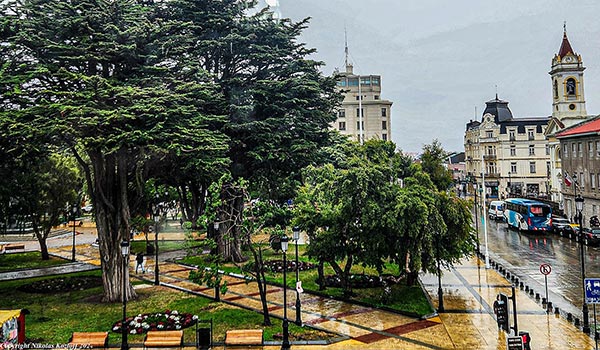
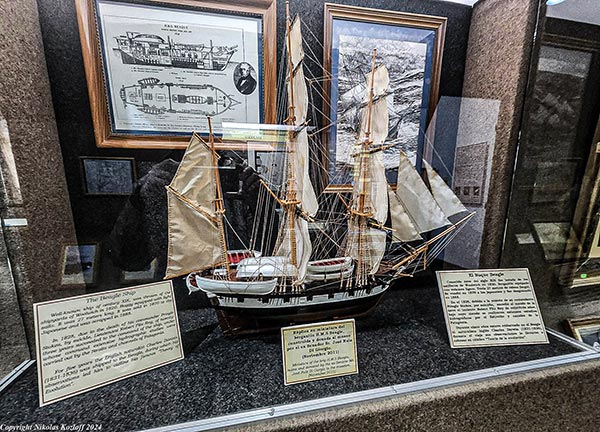

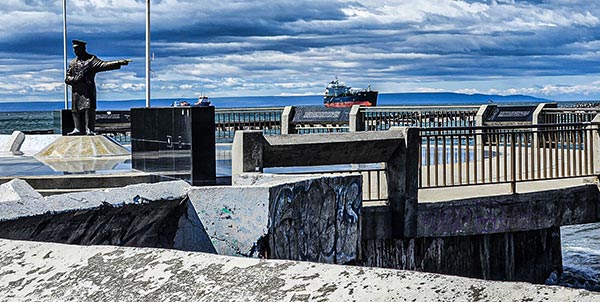
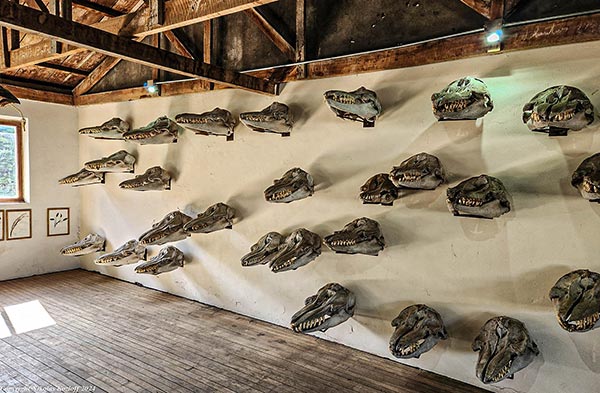
Leave a comment